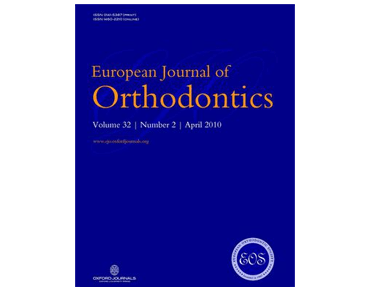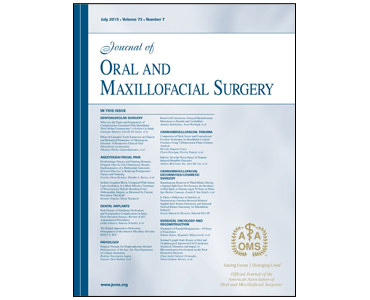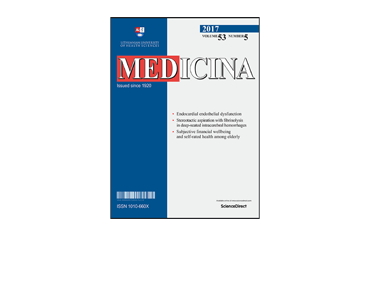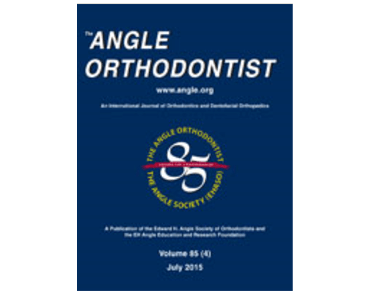Unilateral Cleft Lip Nasal Deformity: Foundation-Based Approach to Primary Rhinoplasty. RW Tse, E Mercan, DM Fisher, RA Hopper, CB Birgfeld, J Gruss.
Date: November 2019. Source: Plastic and Reconstructive Surgery: Volume 144 – Issue 5 – p 1138-1149 doi: 10.1097/PRS.0000000000006182. Background: Cleft lip results in disruption of the nasal foundation and collapse of tip structures. Most approaches to primary rhinoplasty focus on correction of lower lateral cartilages; however, recurrent deformity is common, and secondary revision is frequently…







